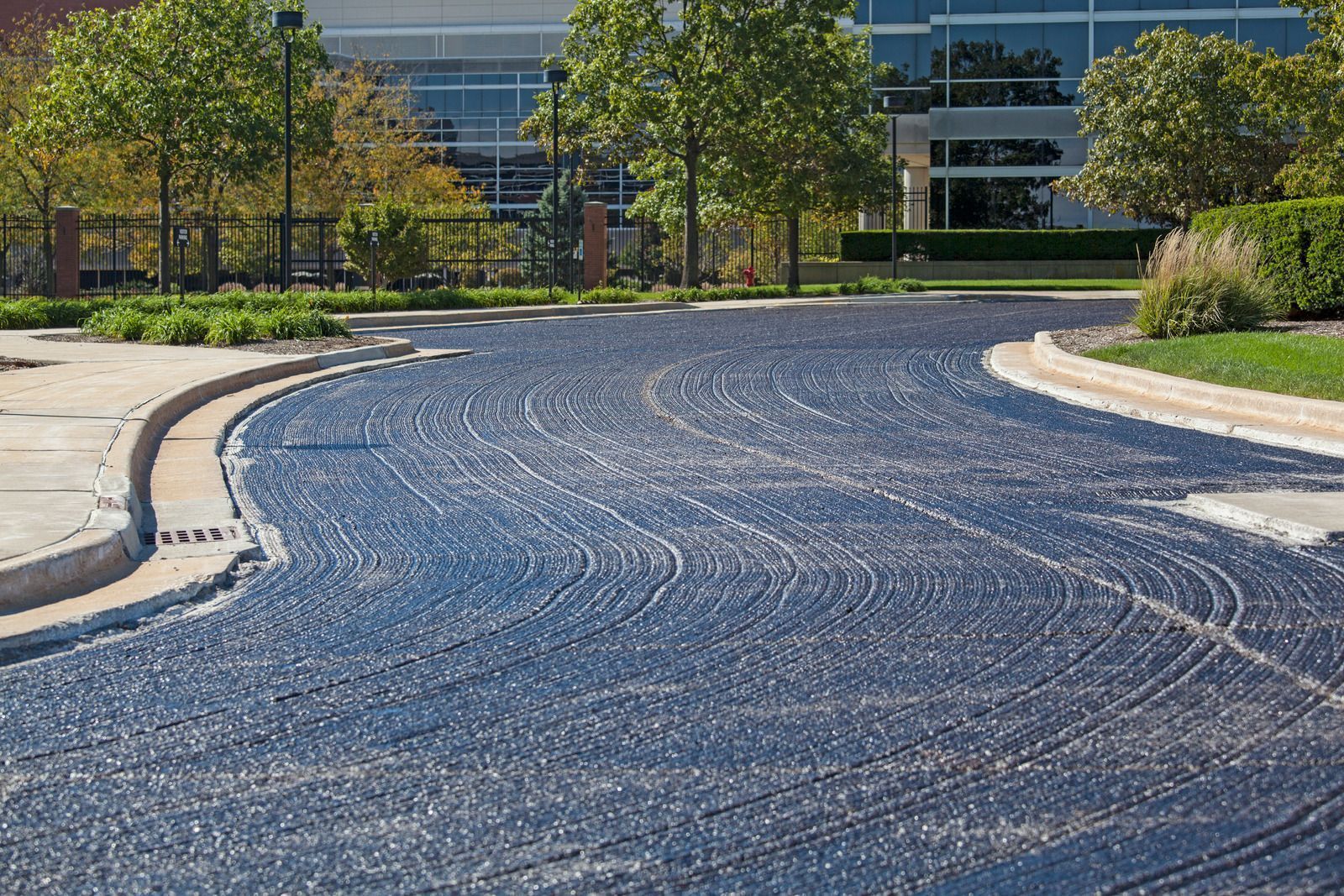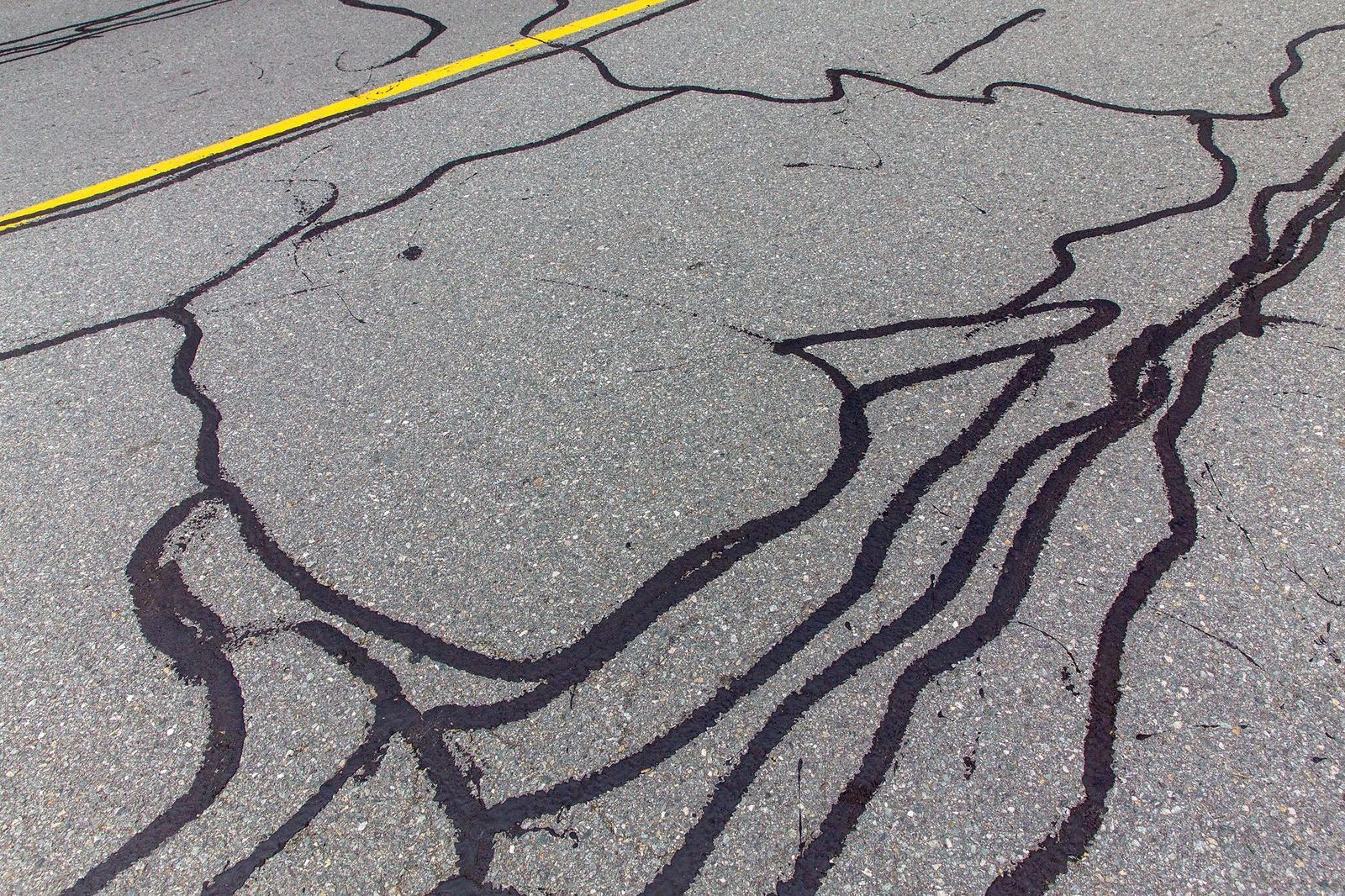The Step-by-Step Process of Asphalt Milling and Resurfacing
September 11, 2025

Asphalt roads and driveways endure constant wear and tear from traffic, weather, and environmental factors. Over time, this can lead to cracks, potholes, and uneven surfaces that compromise safety and aesthetics. Neglecting maintenance can result in costly repairs and shortened pavement lifespan. Regular upkeep through milling and resurfacing not only enhances the road’s appearance but also improves structural integrity and driving comfort. Professional crews use specialized equipment and techniques to ensure precision and durability. Understanding the process step by step helps property owners appreciate the expertise required to achieve long-lasting results. Let’s take a closer look at how asphalt milling and resurfacing is carried out.
1. Assessment and Planning
Before any milling begins, experienced crews conduct a thorough assessment of the existing asphalt surface. They identify damaged areas, measure pavement thickness, and determine the required milling depth. This planning stage ensures that the resurfacing process addresses all structural issues and delivers a uniform final surface.
2. Preparing the Site
Next, the work area is prepared to ensure safety and efficiency. Traffic control measures, such as cones, signage, and barriers, are installed. Nearby structures, landscaping, and drainage systems are protected to prevent damage during the milling process. Proper site preparation is crucial to avoid delays and maintain a smooth workflow.
3. Asphalt Milling
Milling involves removing the top layer of damaged asphalt using a milling machine equipped with a rotating drum and carbide teeth. The machine grinds and collects the old asphalt, which can often be recycled for future paving projects. Milling ensures a level surface for resurfacing and improves bonding between the new asphalt and the existing base.
4. Surface Cleaning and Inspection
After milling, the surface is cleaned of debris, dust, and loose materials. Crews inspect the milled pavement for underlying damage that may require repair. Potholes, cracks, or weak spots are patched to provide a stable foundation for the new asphalt layer.
5. Resurfacing
Once the surface is prepped, hot-mix asphalt is applied using a paving machine. The asphalt is evenly distributed and compacted using rollers to achieve the desired smoothness and density. Skilled operators ensure proper thickness and consistent texture, resulting in a durable, long-lasting pavement.
6. Final Touches and Curing
The newly resurfaced asphalt is edged and smoothed, and markings or lines are added as necessary. The surface is allowed to cool and cure before opening to traffic, ensuring optimal strength and longevity. Proper curing minimizes future cracks and enhances the pavement’s lifespan.
Trust Able Asphalt Paving Inc for Quality Roadwork
Able Asphalt Paving Inc, based in Jacksonville, North Carolina, has been delivering professional asphalt milling and resurfacing services for over 15
years. With a focus on precision, safety, and customer satisfaction, the team ensures every project is completed to the highest standards. Whether for residential driveways, commercial parking lots, or roadways, Able Asphalt Paving Inc
combines expertise, modern equipment, and years of experience to provide durable and visually appealing results. When it comes to reliable asphalt maintenance, you can trust Able Asphalt Paving Inc
to keep your surfaces smooth and long-lasting.






